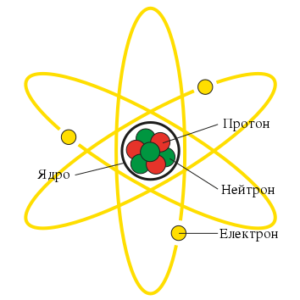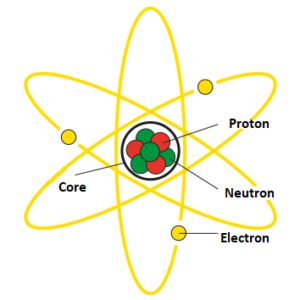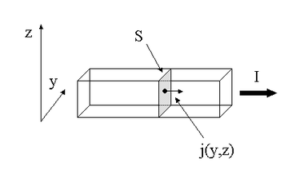Category «General terms»
Atom
Superconductor

Superconductor is a material that at very low temperatures (close to absolute zero) has zero electrical resistance and allows electric current to flow without any energy loss. The most well-known superconductor is mercury, which has zero resistance at a temperature of 4.2 K (-268.8 °C). However, due to the instability and toxicity of mercury, its …
Diamagnetics
Electrometer
Law of conservation of electric charge
Renewable energy sources
Current density
Faraday’s Law
Types of Power Plants

Types of Power Plants. Depending on the source of energy, the following types of power plants are distinguished: Thermal power plants, hydroelectric power plants, nuclear power plants, unconventional power plants. An electric power station is a complex of installations, equipment, and apparatus used directly for the production of electrical energy, as well as the necessary …






